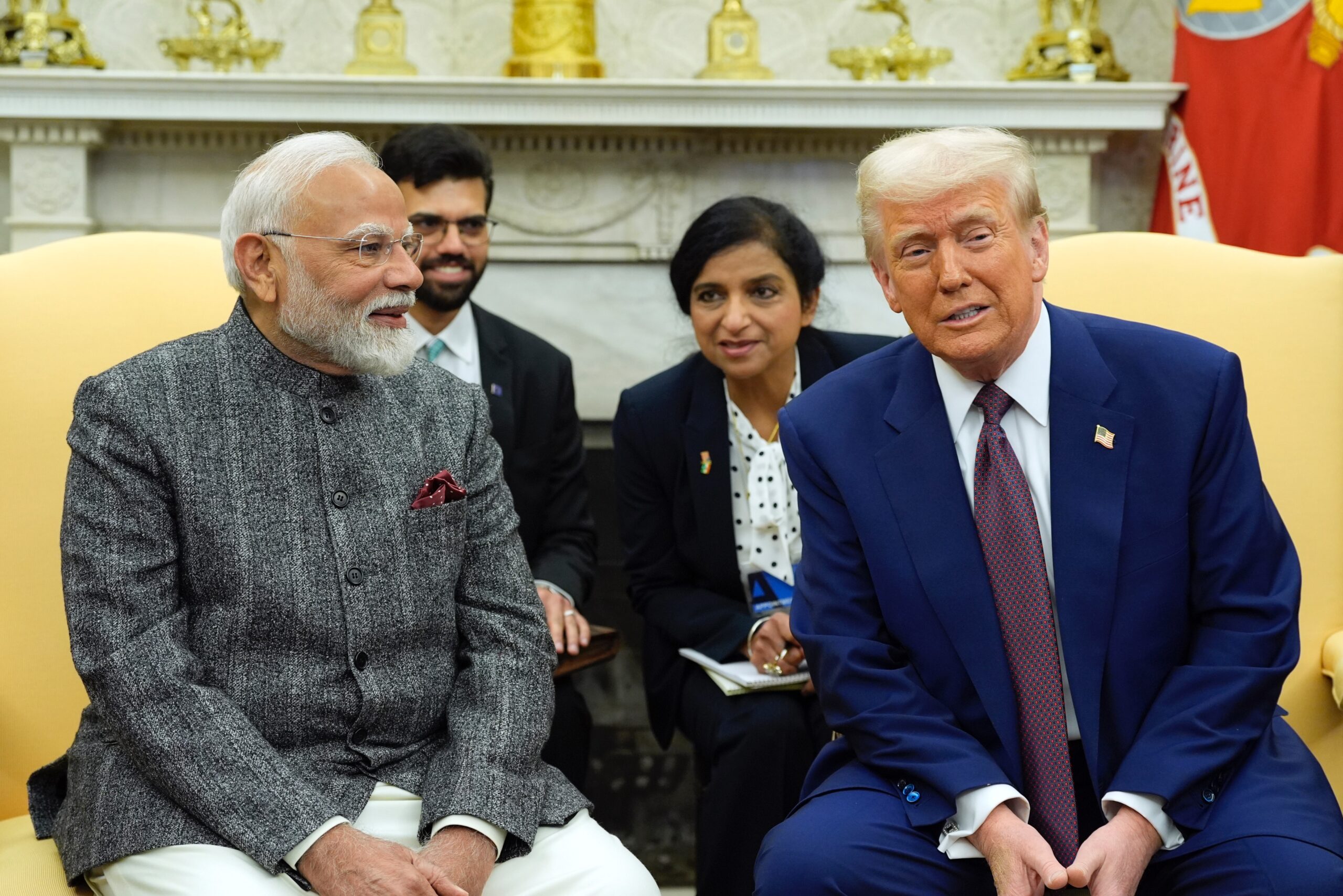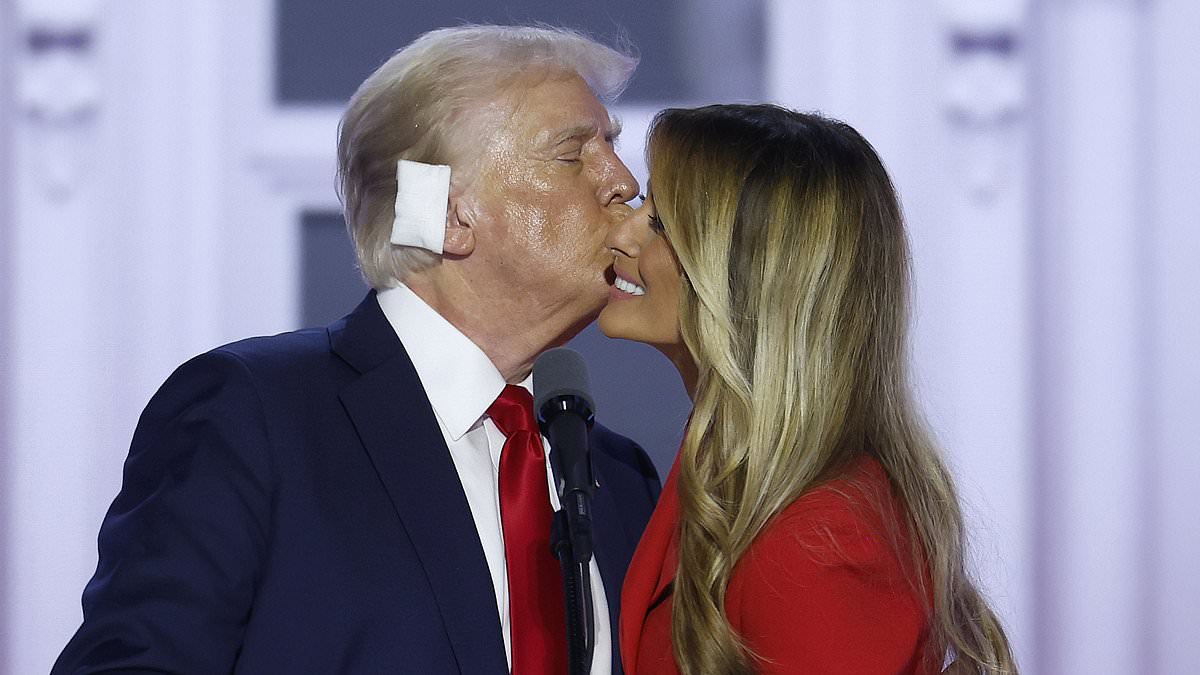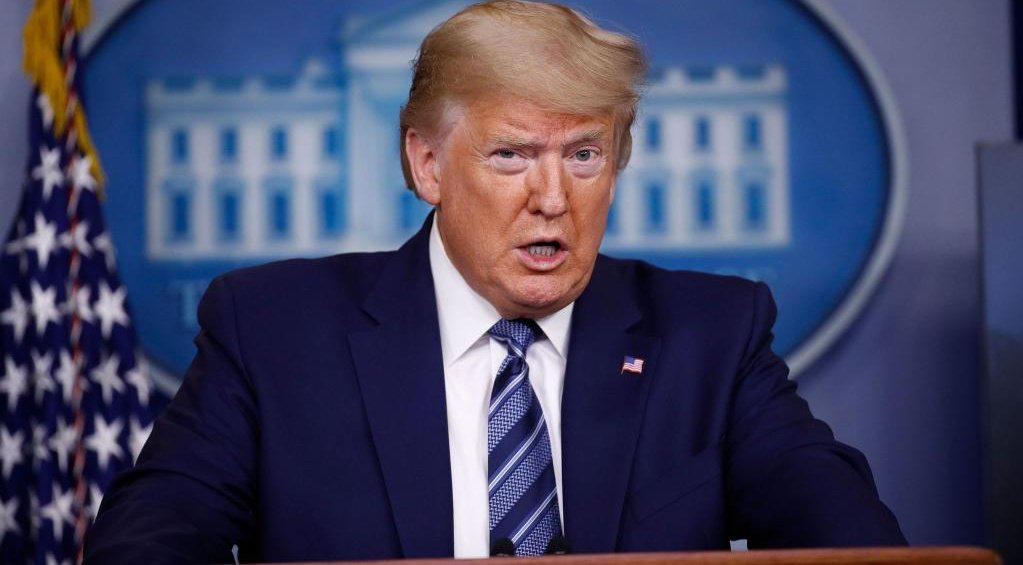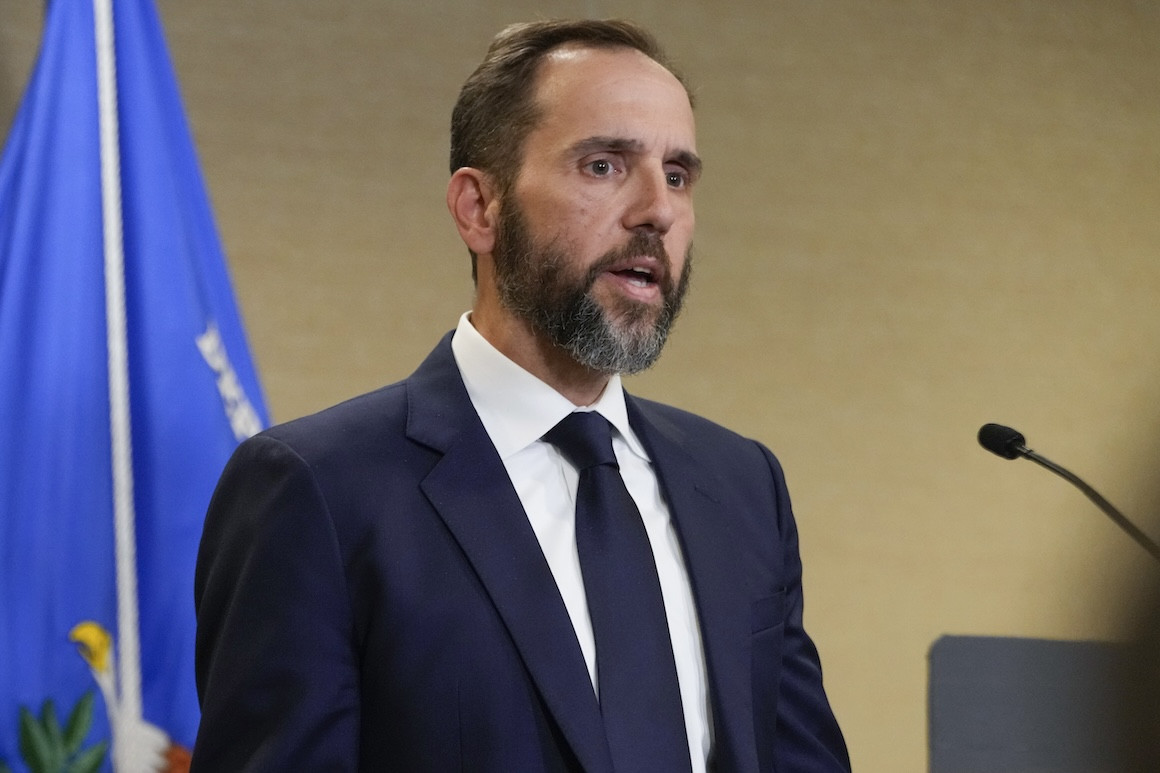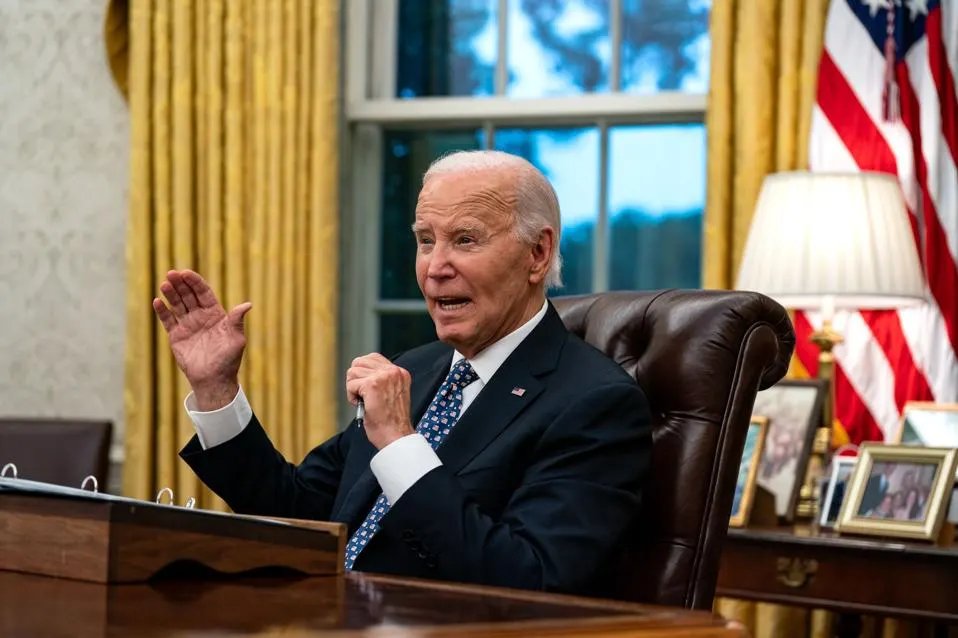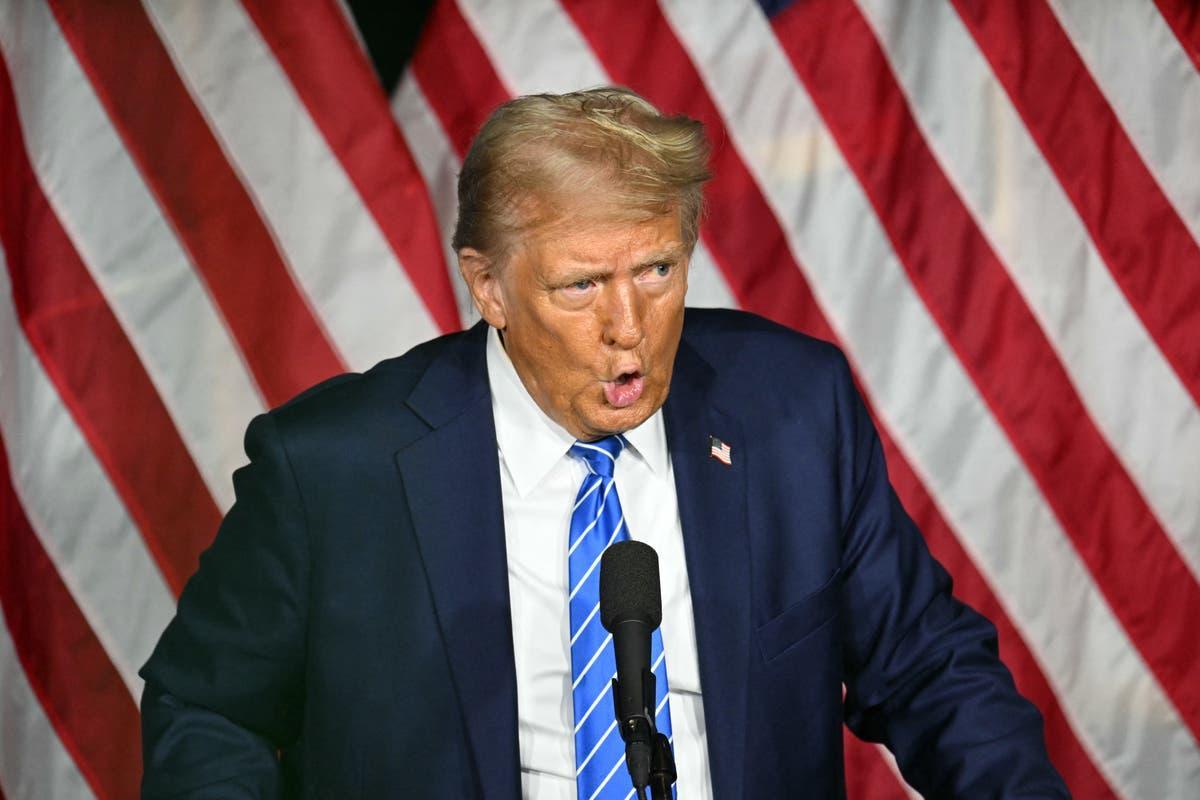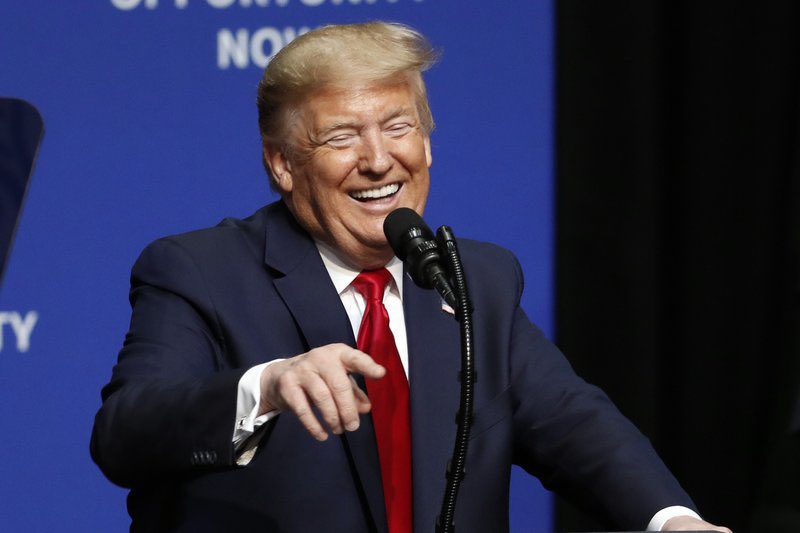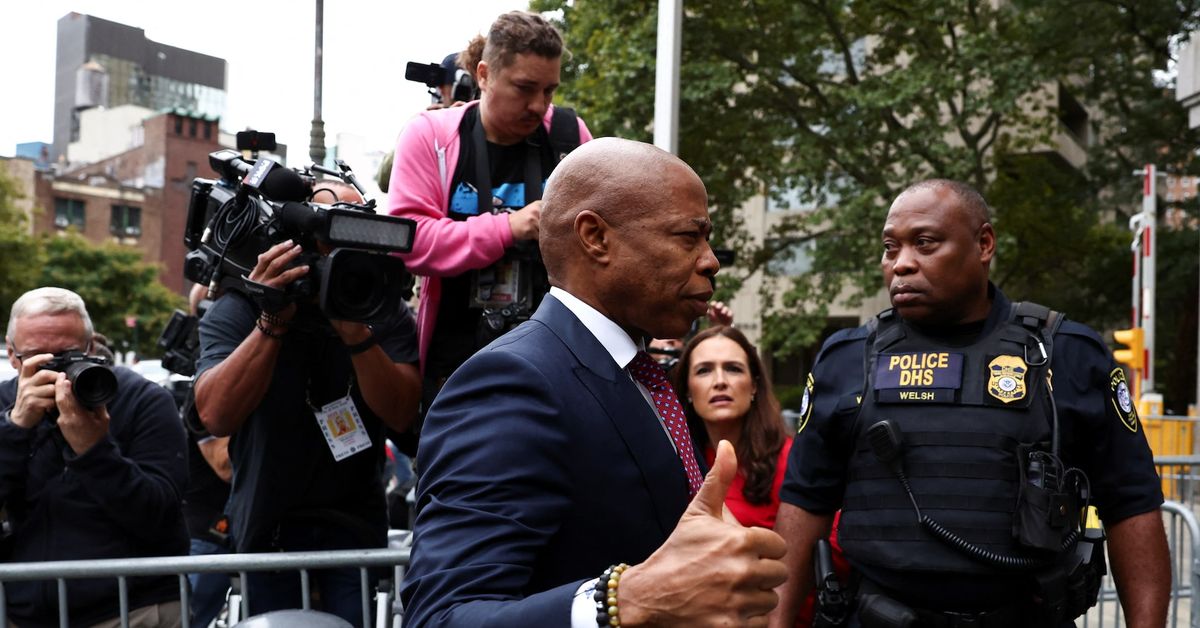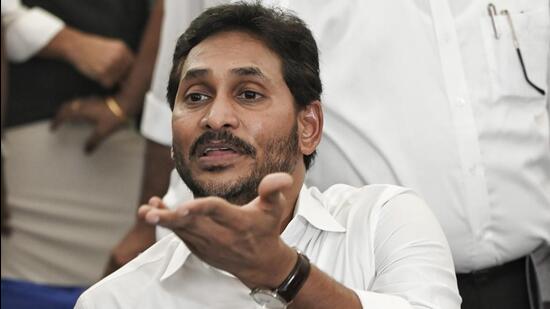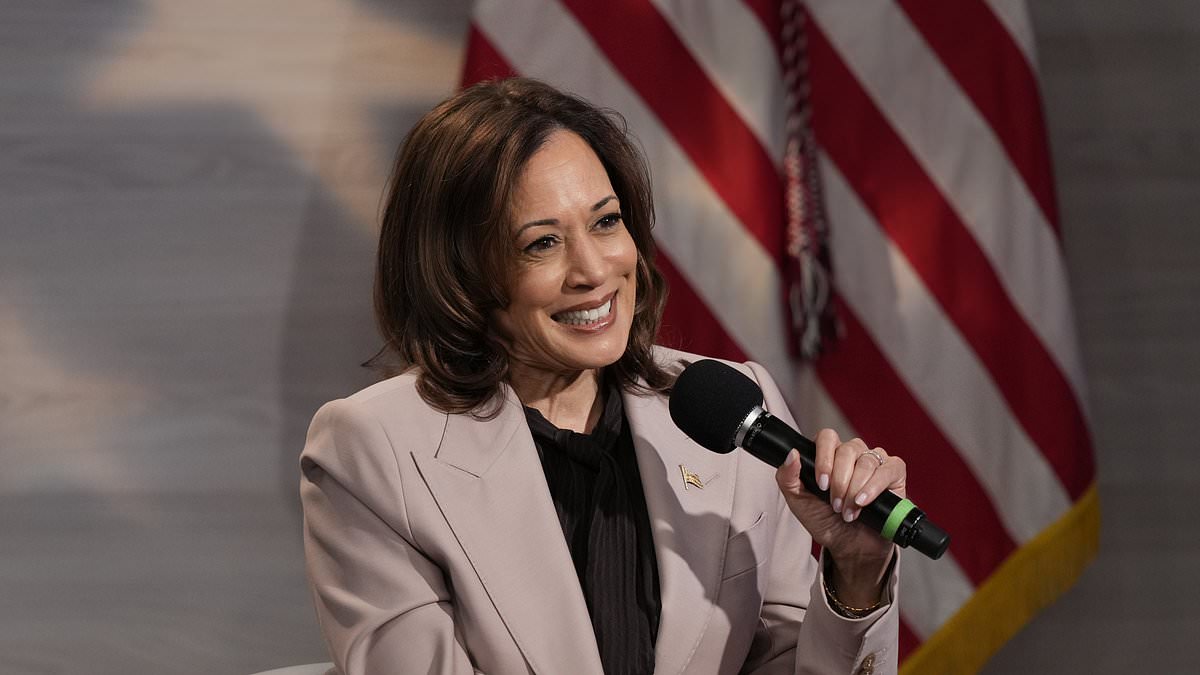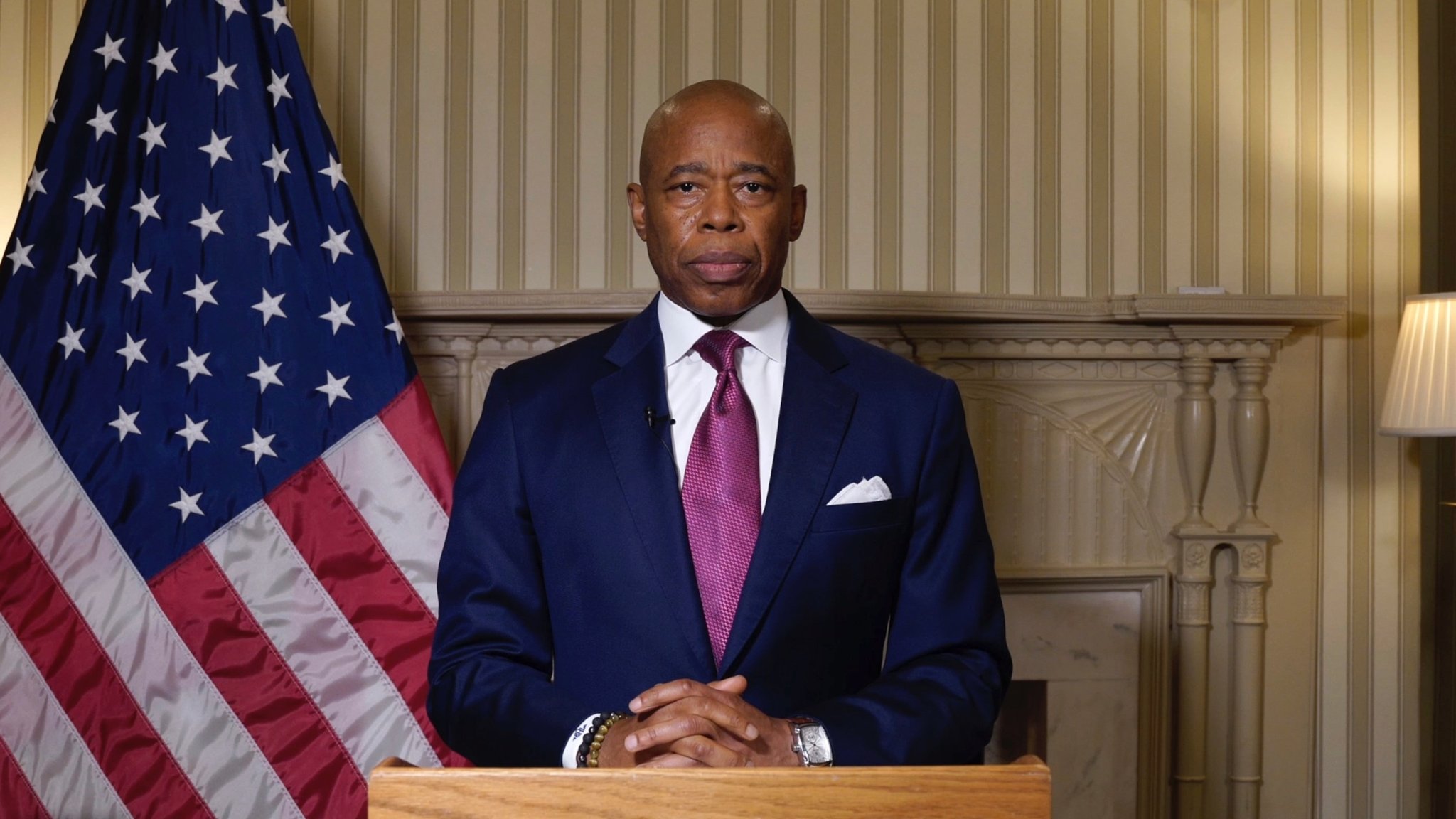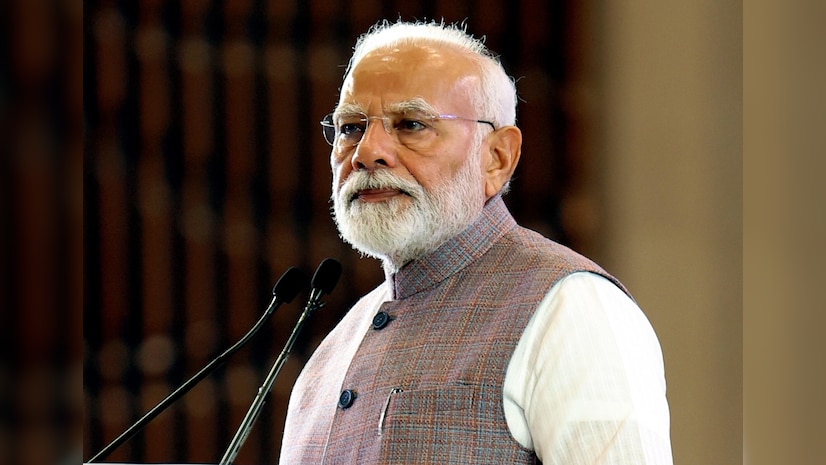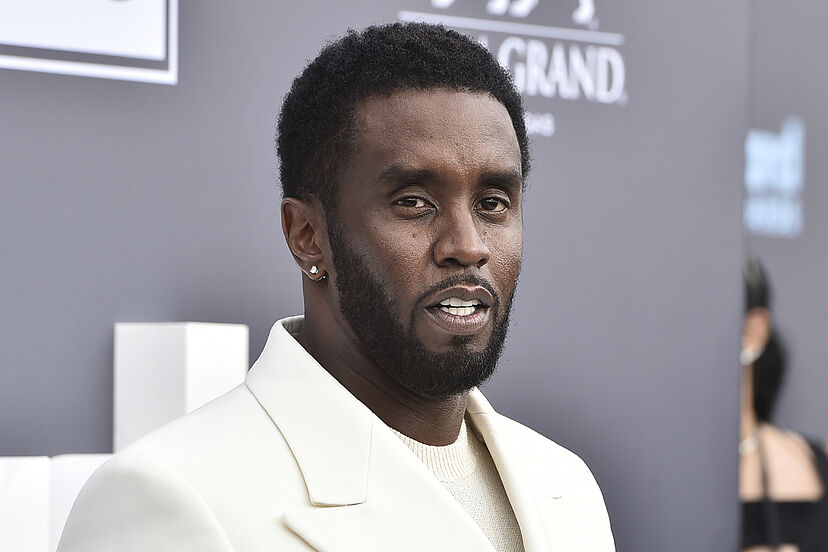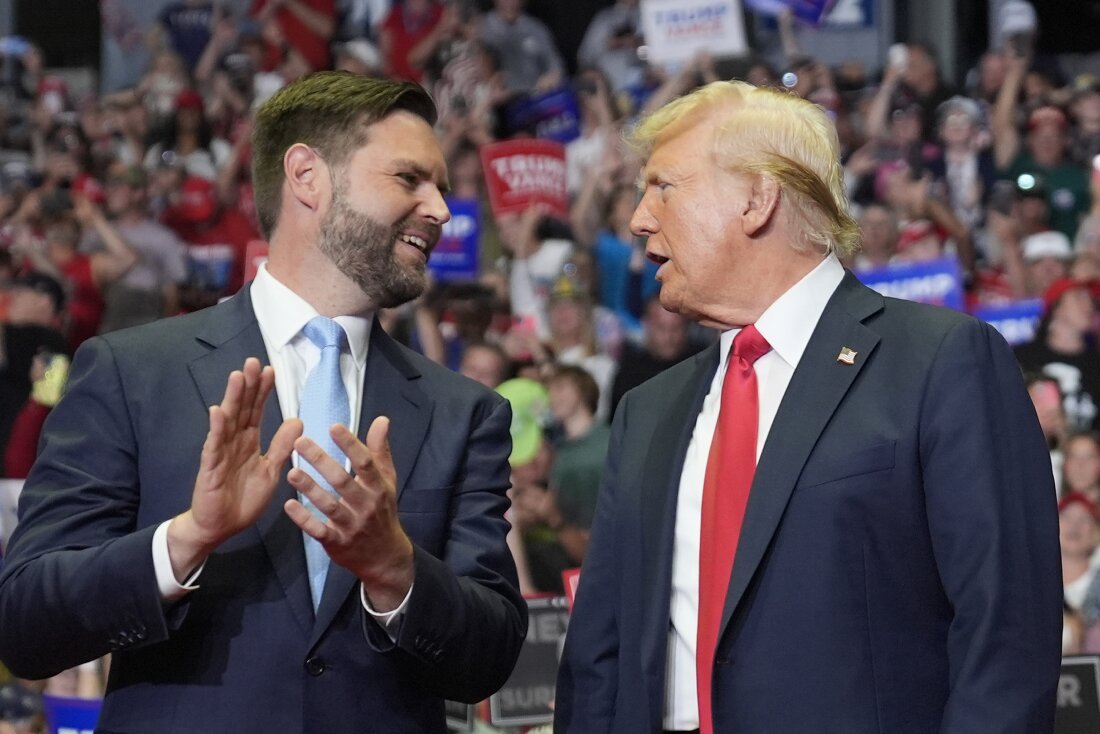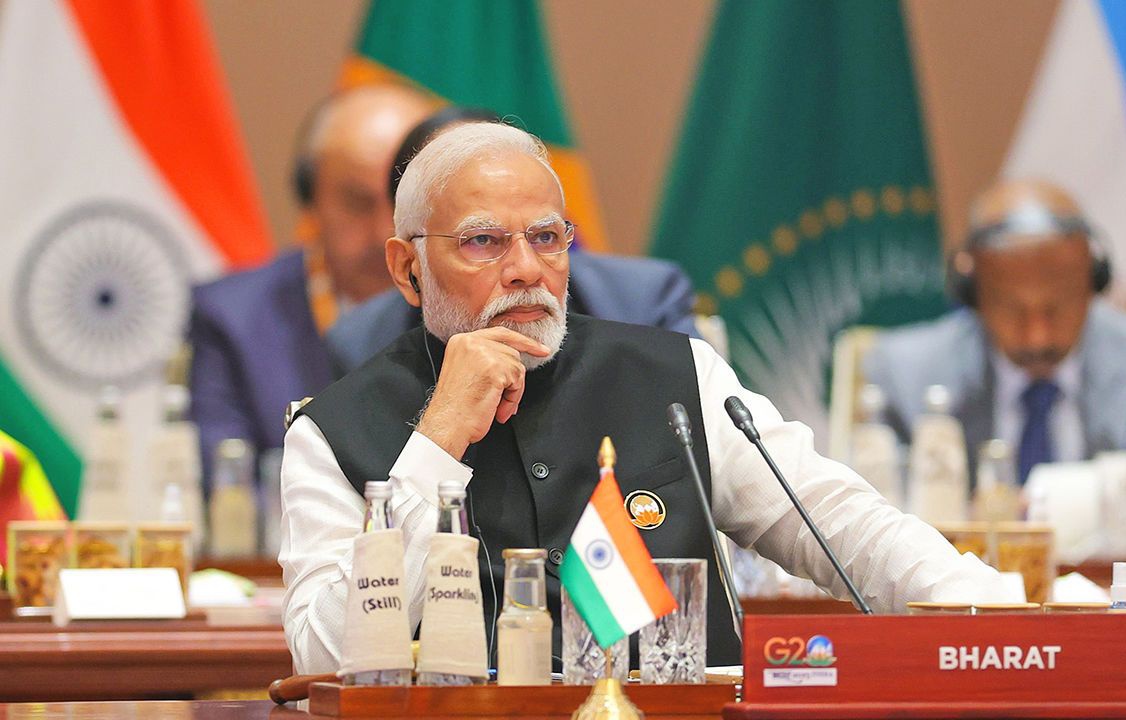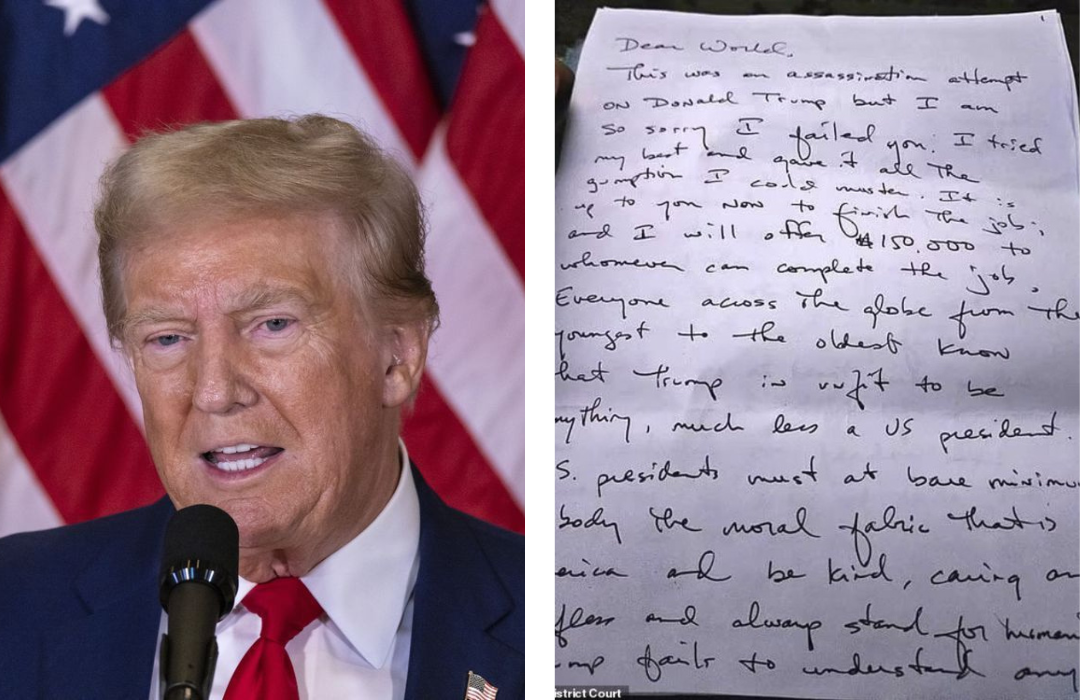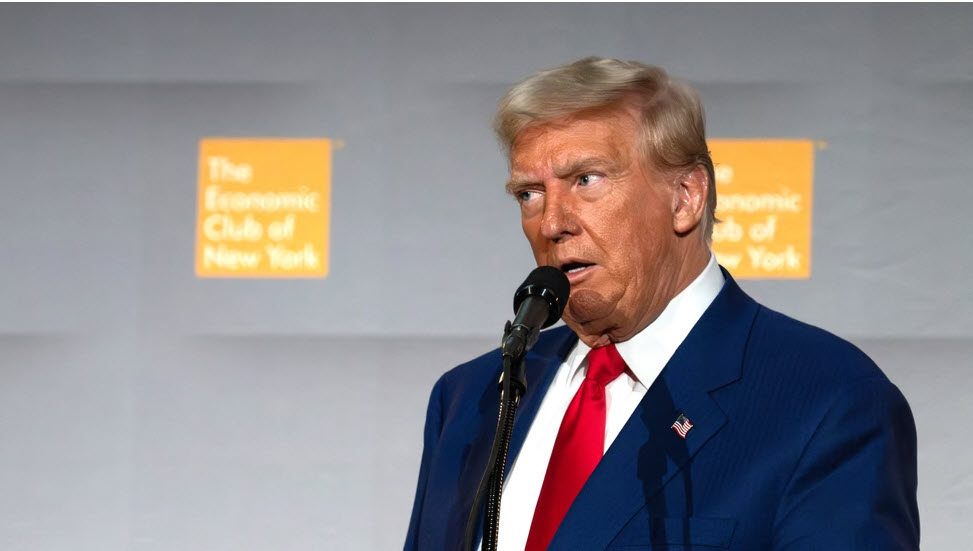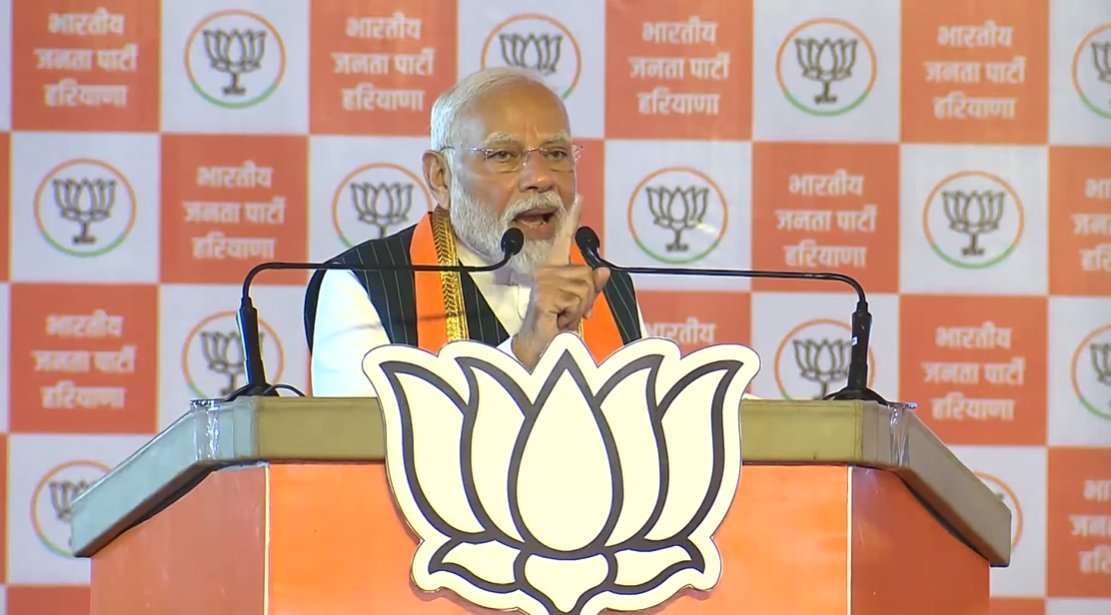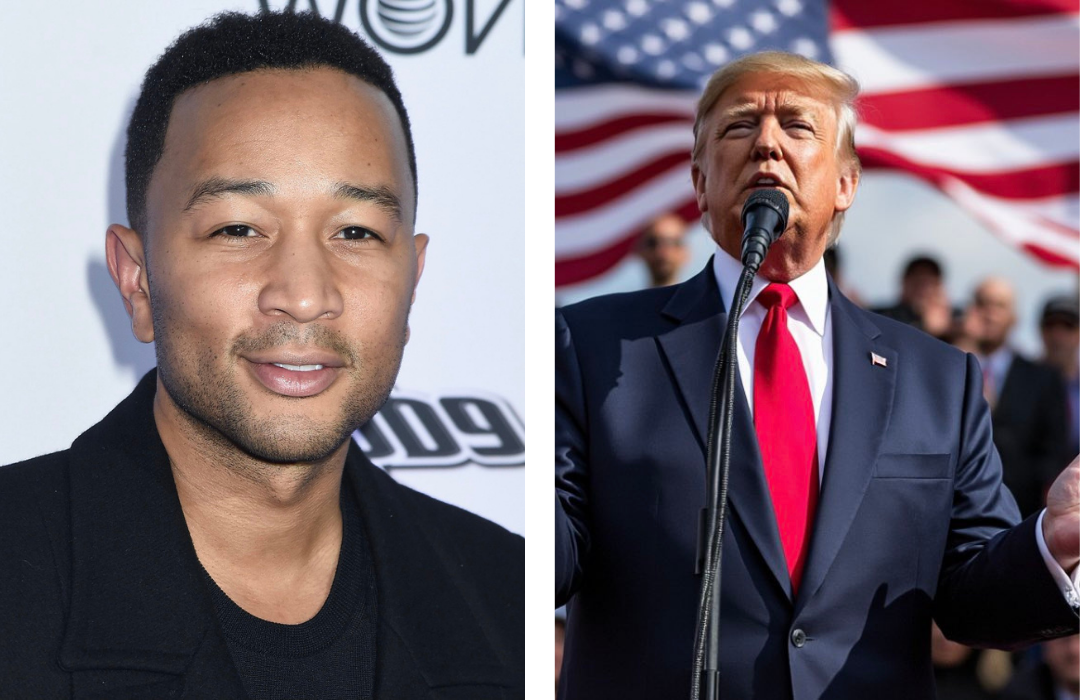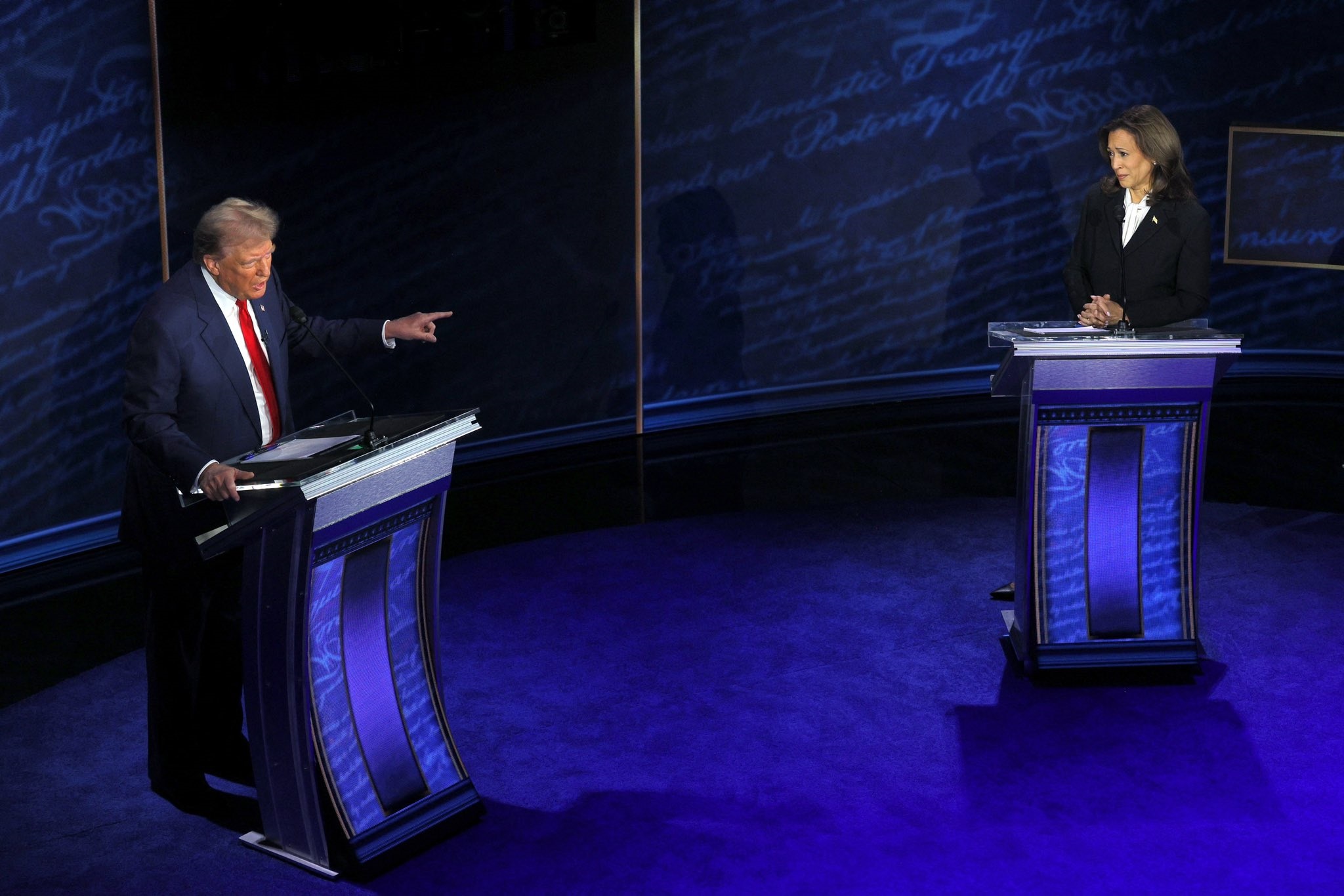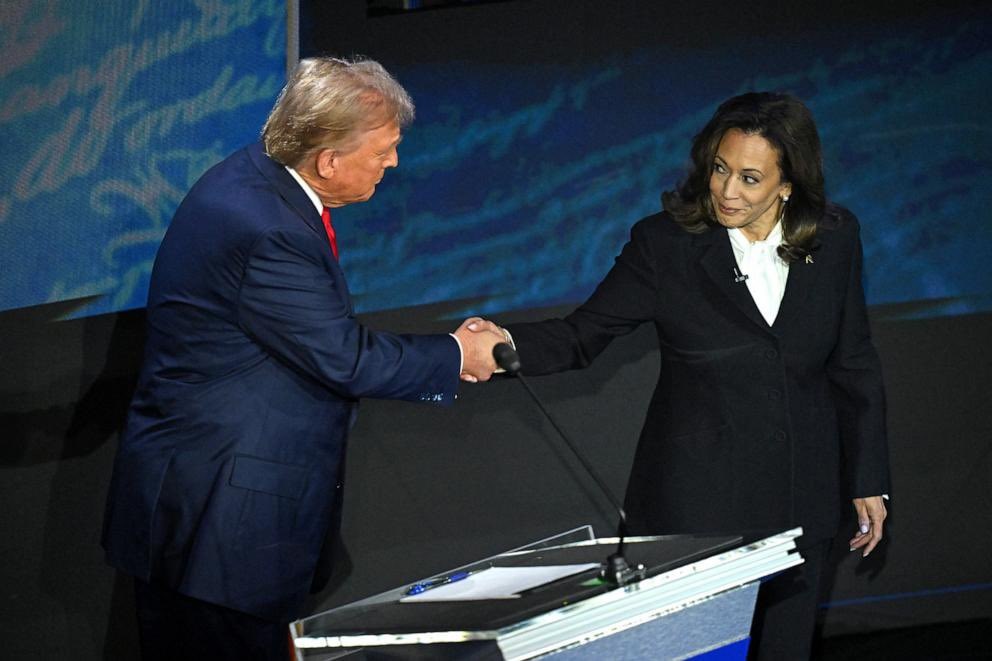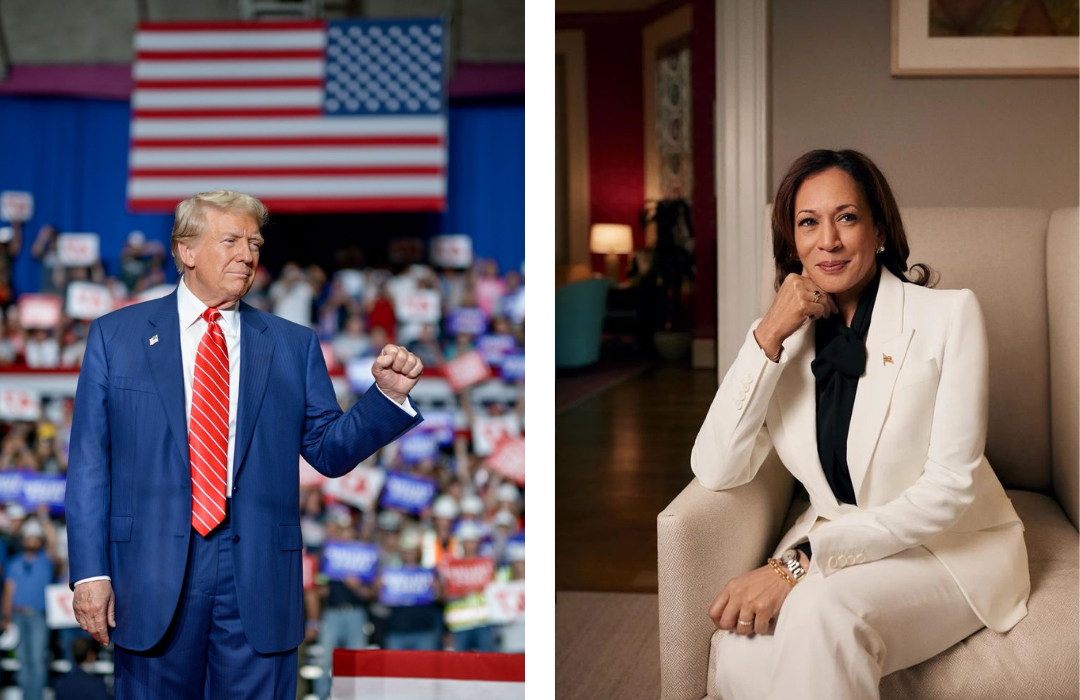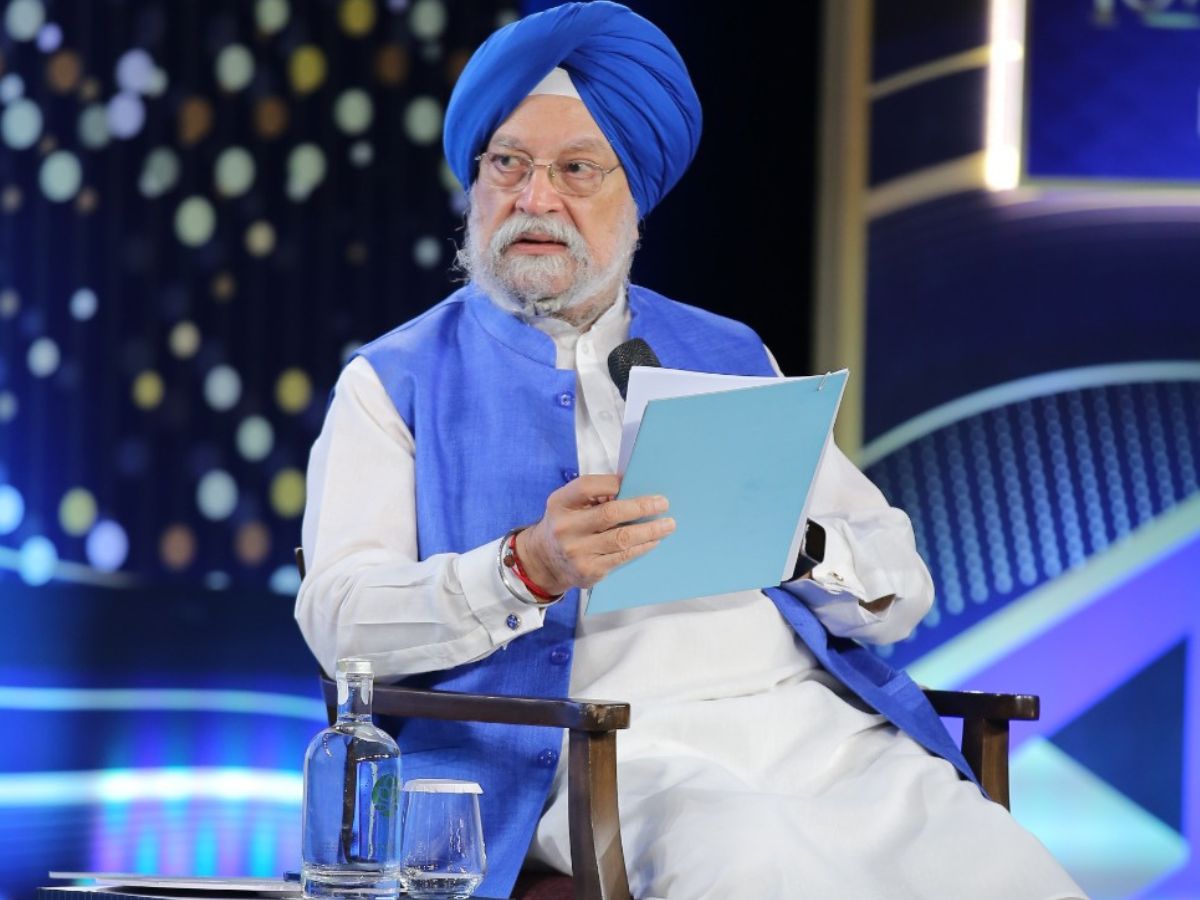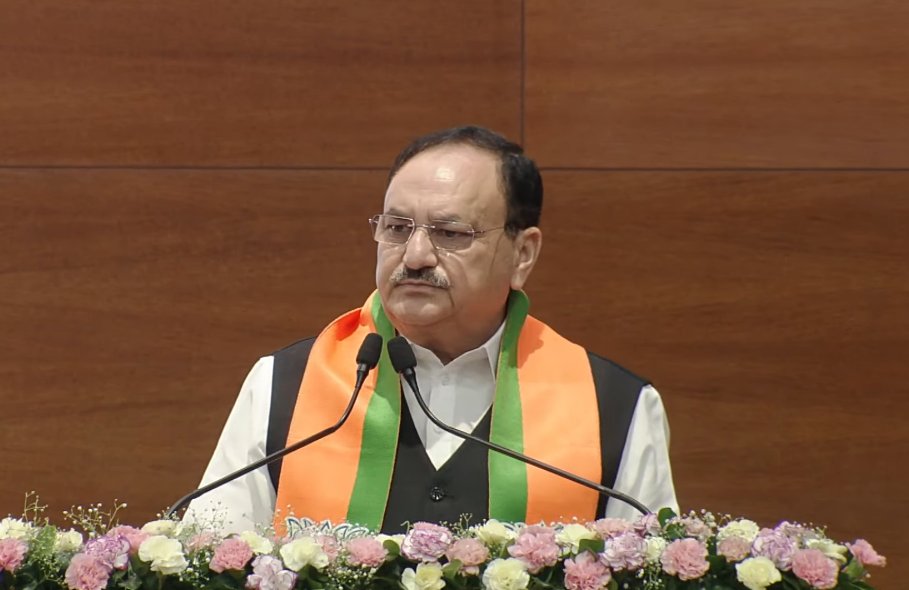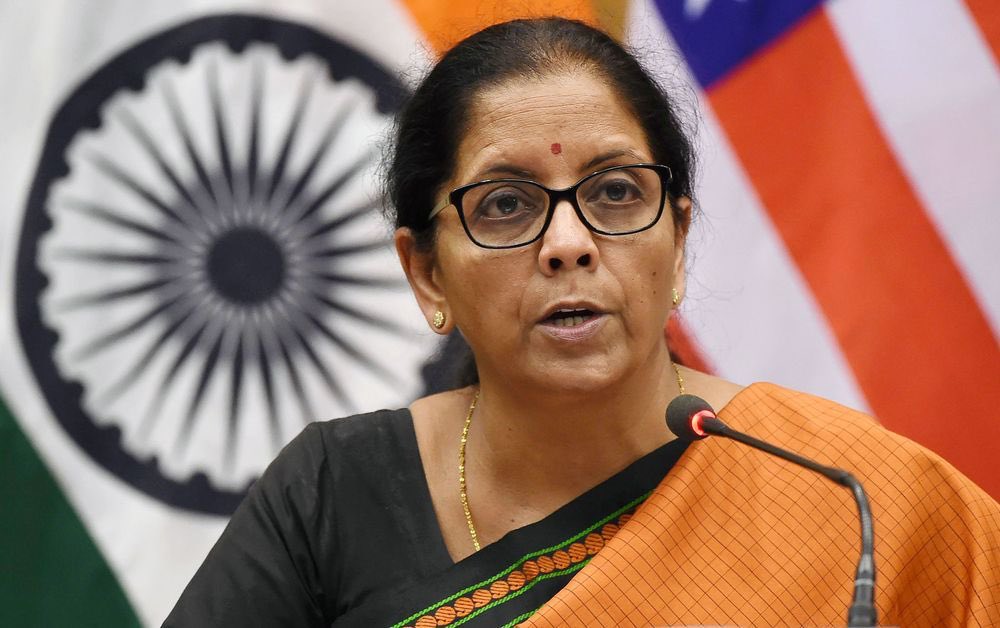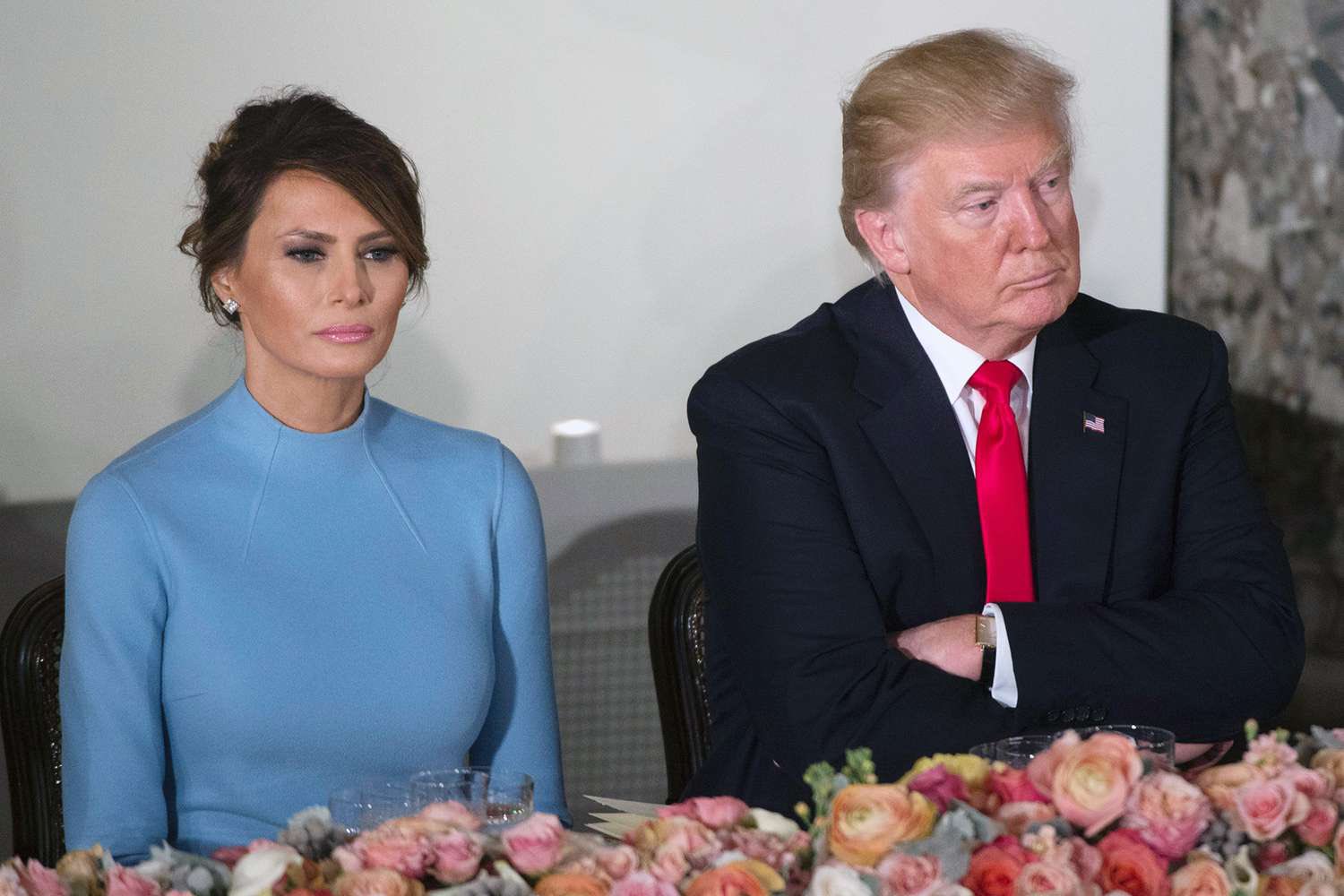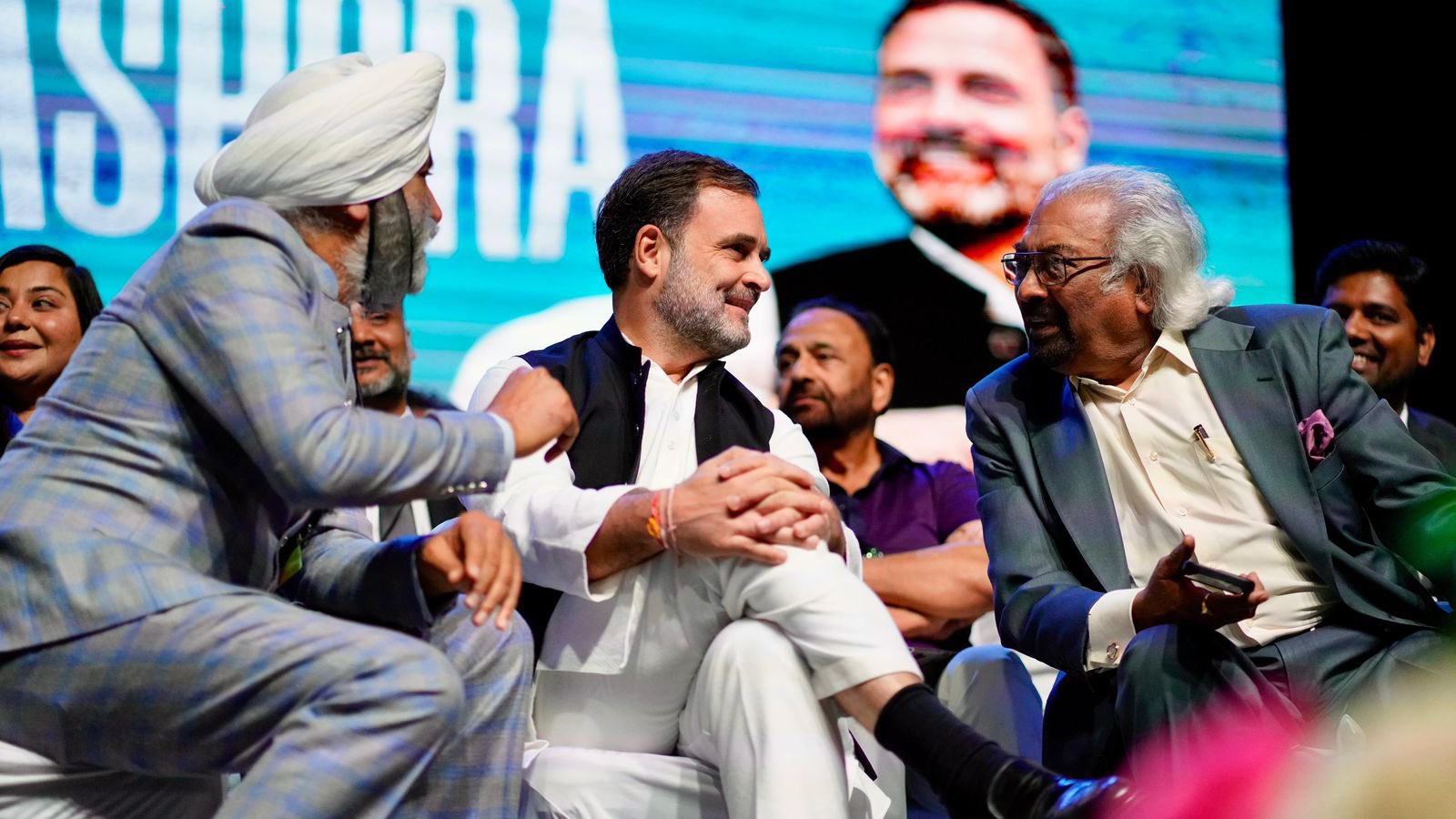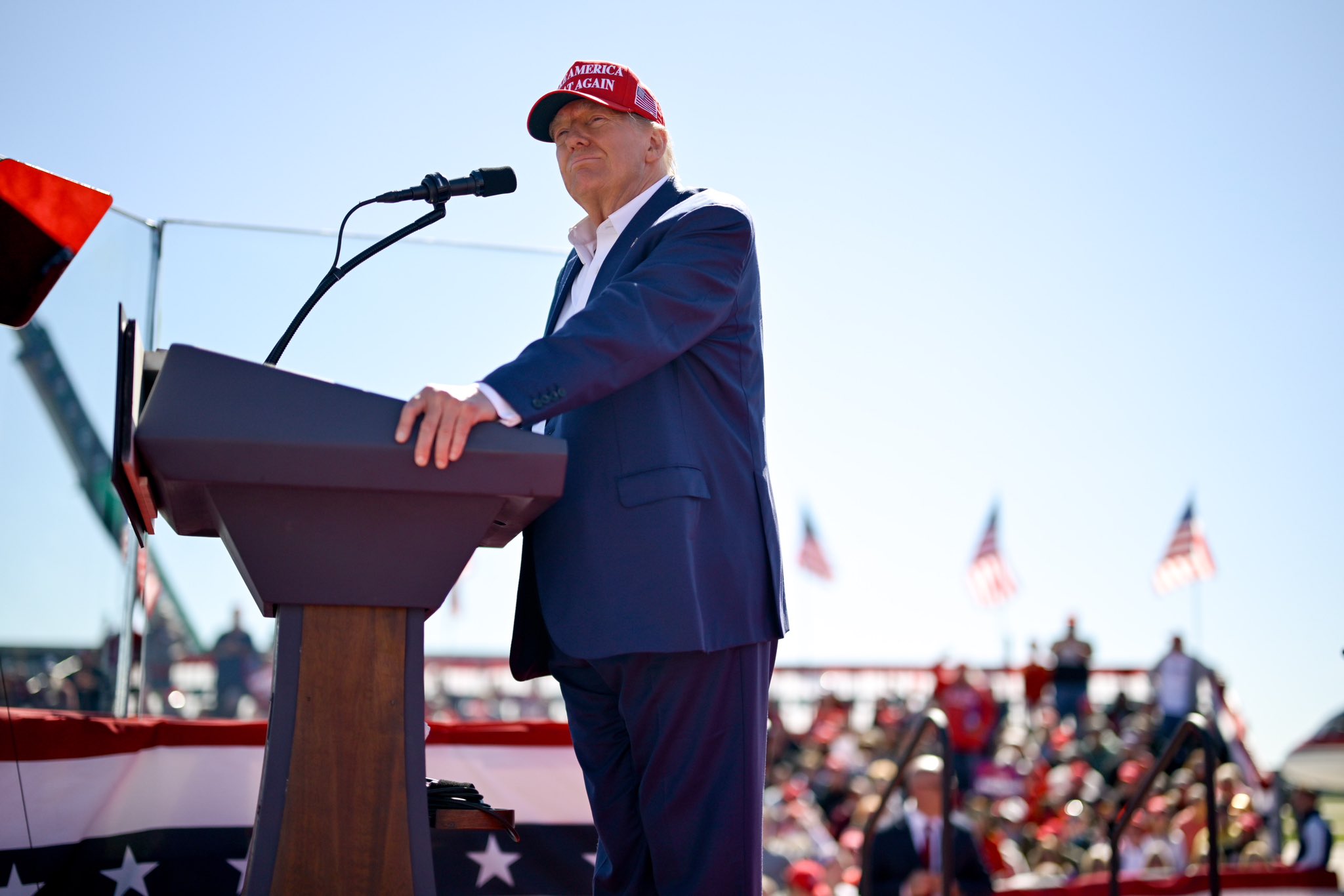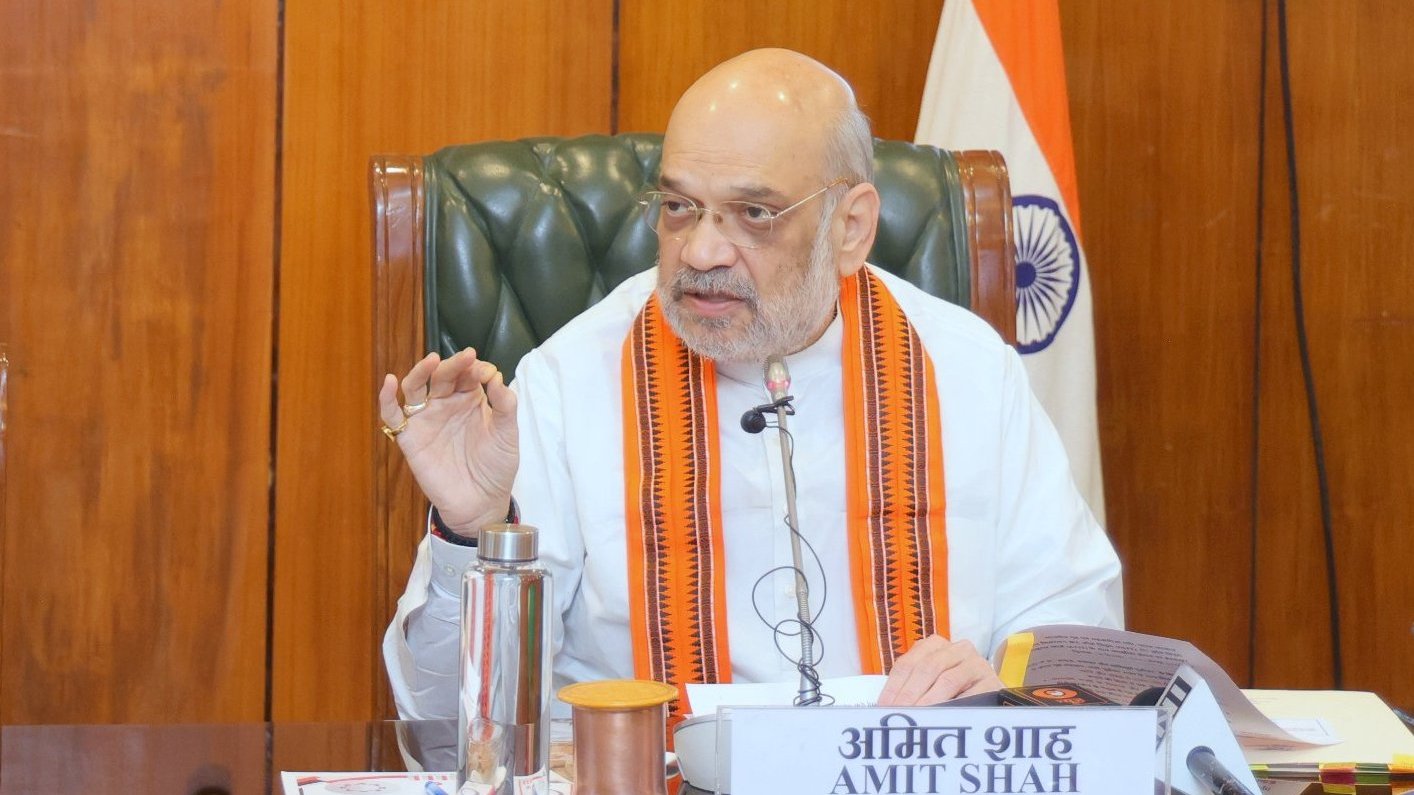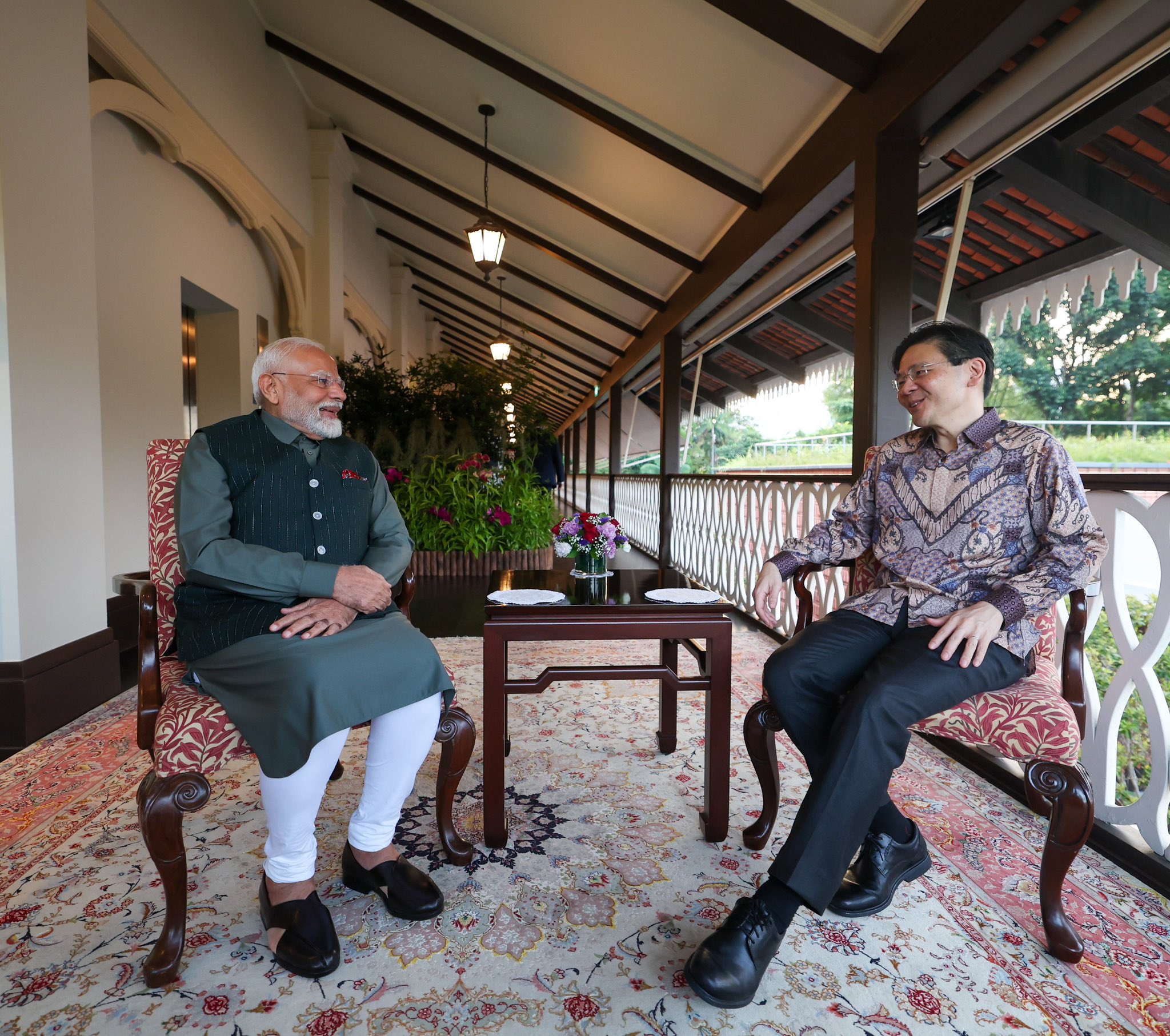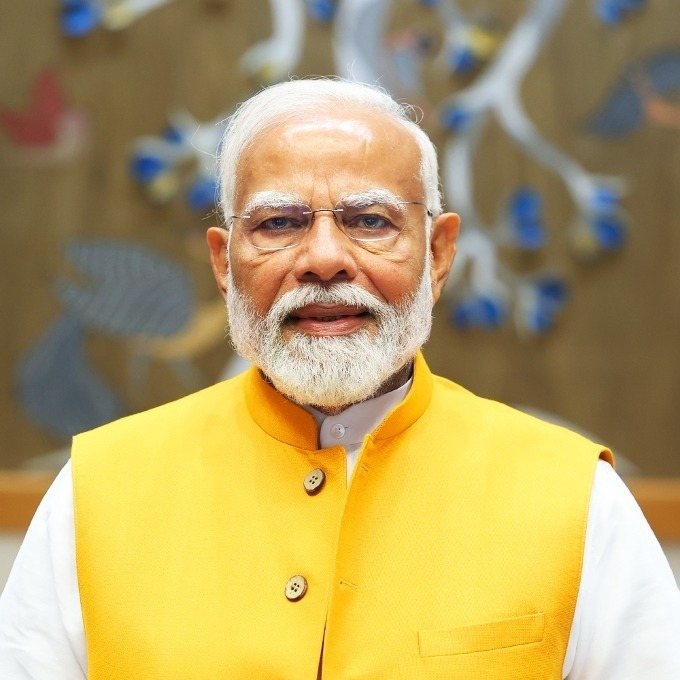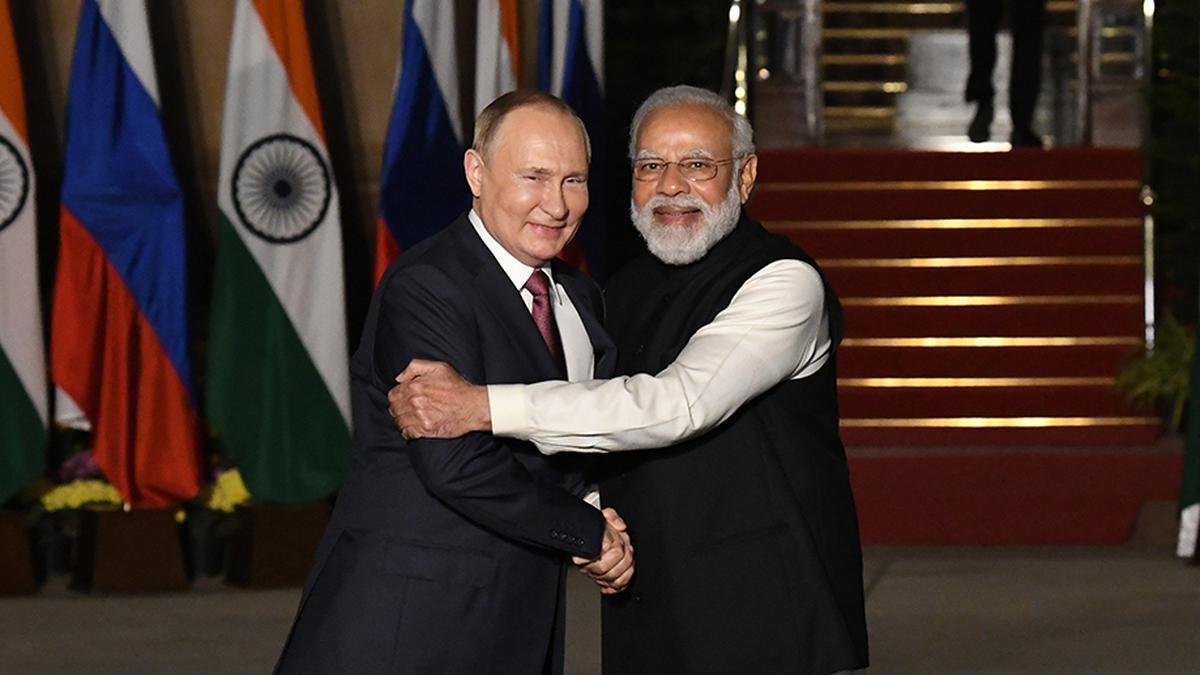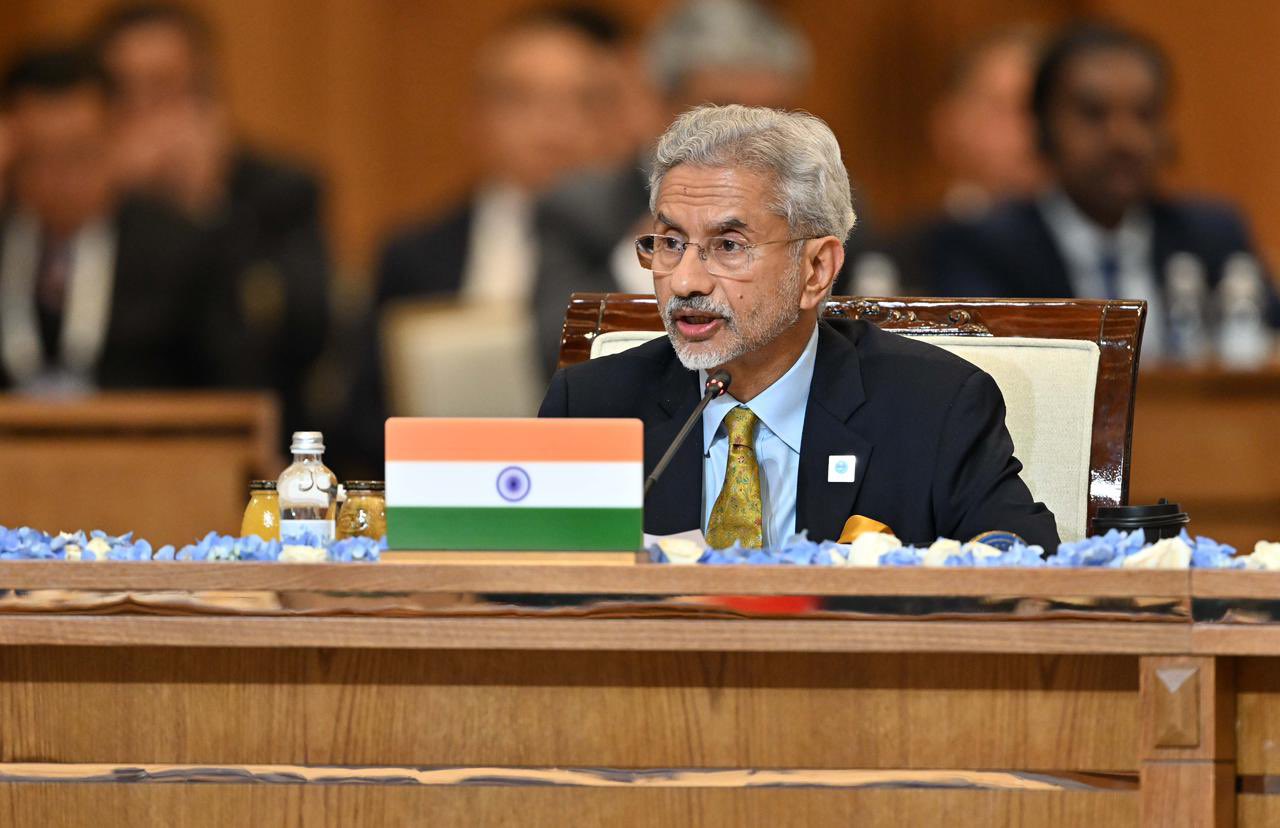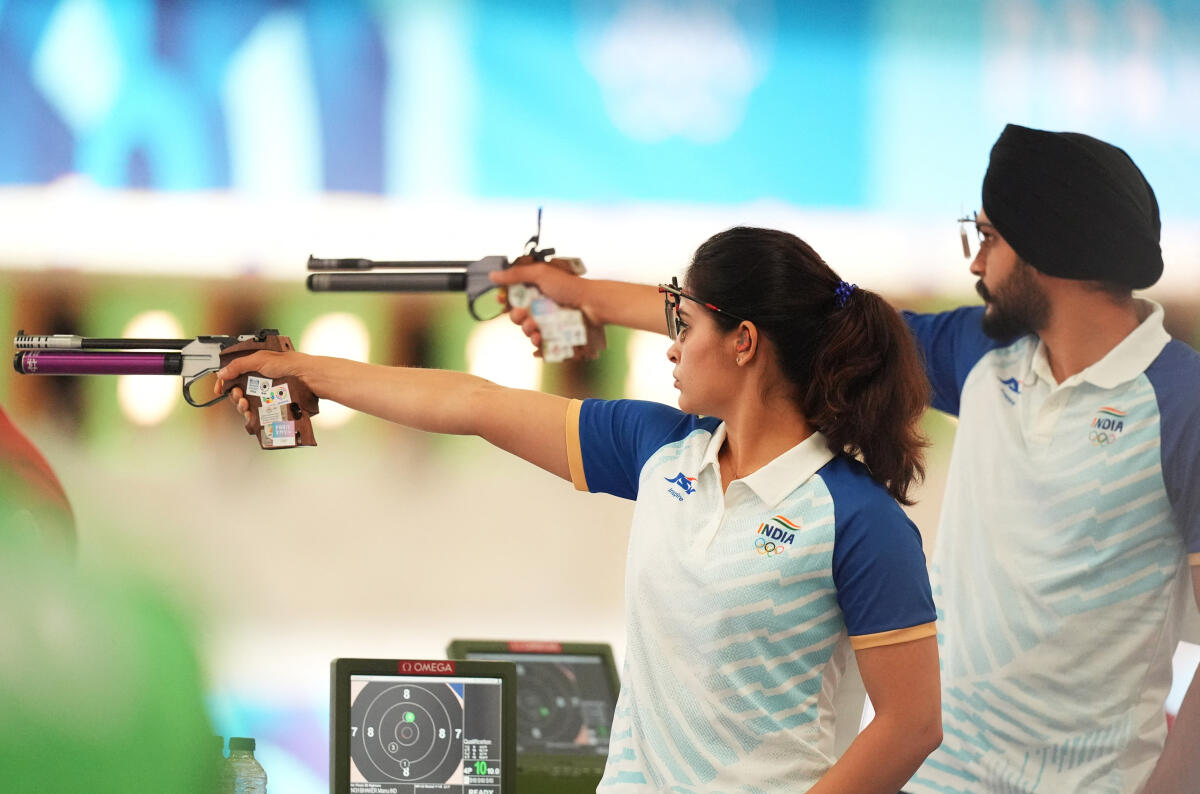As the highly anticipated debate between Vice President Kamala Harris and former President Donald Trump approaches, an unexpected issue has emerged: their height discrepancy. With Trump, standing at 6 feet 3 inches, highlighting Harris’s shorter stature—5 feet 4¼ inches—on his social media platform, the debate is now under the spotlight for reasons beyond politics.
Trump’s remarks on Truth Social have stirred conversation, as he explicitly stated that no accommodations should be made to alter their apparent heights. “No boxes or artificial lifts will be allowed to stand on during my upcoming debate with Comrade Kamala Harris,” Trump declared, referring to past claims that Michael Bloomberg, a former mayor of New York, had demanded such adjustments during debates. Trump labeled these adjustments as “a form of cheating,” setting the stage for a debate that could focus more on physical stature than policy positions.
Kamala Harris has yet to comment on whether she has requested any height adjustments for the debate. However, her actual height might come as a revelation to many viewers, who might be seeing her in a new light during the debate. Harris’s height has been a topic of discussion before, notably during a January interview with Katie Couric. In that interview, Couric mistakenly cited Wikipedia, listing Harris as 5 feet 2 inches tall. Harris, with characteristic poise, corrected the record, stating that with her heels, she stands at 5 feet 7½ inches.
The height debate touches on deeper social perceptions. The Centers for Disease Control and Prevention reports that the average height for adult American women is 5 feet 3½ inches, and for men, it’s 5 feet 9 inches. Despite Harris’s relatively modest height, many of her supporters perceive her as taller, a phenomenon often attributed to “Tall Energy.”

“Tall Energy” refers to the confidence and presence that some individuals, regardless of their actual height, project. It’s a term that suggests that a person’s demeanor and self-assurance can influence how they are perceived in terms of height and presence. Kristin Chenoweth, standing at 4 feet 11 inches, and Lady Gaga, at 5 feet 1 inch, are often cited as examples of individuals who exude this quality. Harris’s ability to project this kind of energy has been noted by her supporters, despite her actual height.
Nicholas Rule, a psychology professor at the University of Toronto, explains that “Tall Energy” is linked to social perceptions and evolutionary psychology. Taller individuals are often perceived as more dominant and competent, which can influence everything from career opportunities to election outcomes. Studies have shown that taller candidates are frequently more successful in elections, as height can be associated with authority and strength.
READ ALSO – National Security Leaders Defend Biden Against Trump and Vance’s Criticism of Afghanistan Withdrawal
Barry Bogin, emeritus professor of biological anthropology at Loughborough University, adds that height can impact how people are perceived and treated. He recalls his own experiences as a tall student and notes that taller individuals are often expected to excel and assume leadership roles. This “backhanded positive feedback” can affect how height influences perceptions of competence and confidence.
The recent debate over height and its impact on perceptions has gained prominence as pandemic restrictions lifted, leading to in-person interactions after long periods of virtual communication. Camille Sweeney, a New York-based author, experienced this firsthand when meeting colleagues from an online writing group. She was surprised by the height of the philosophy professor she had only known through digital interactions. This encounter highlighted how preconceived notions of height and presence can shape our perceptions of others.
Similarly, Kristen Berman, the 5-foot-1 CEO of Irrational Labs, finds that people often perceive her as taller than she is. She attributes this to her confident demeanor and learned behaviors, such as standing tall and wearing heels. Berman’s experience underscores how confidence and self-presentation can influence how height is perceived.
While height can influence perceptions, it’s not the sole factor in determining effectiveness or leadership. Historical figures like James Madison, who was only 5 feet 4 inches tall, demonstrated that height does not define one’s impact or legacy. Harris’s stature in the debate against Trump will be scrutinized, but as Rule and Galinsky point out, her effectiveness will be measured by her performance and presence, not just her physical height.
In the end, what matters most is how individuals project themselves and how they are perceived in terms of their presence and authority. Harris’s height may be a topic of discussion, but her ability to command attention and demonstrate leadership will ultimately define her performance in the debate.
As the debate approaches, viewers will be watching not just to see who performs better on policy issues, but also to observe how Harris and Trump navigate the spotlight, with or without the added focus on their physical differences.















